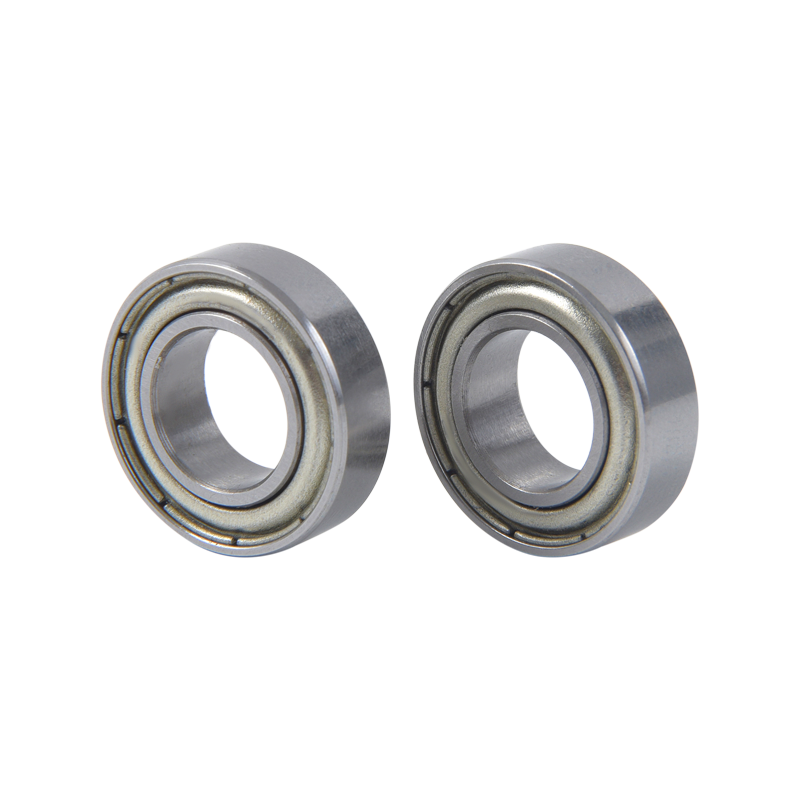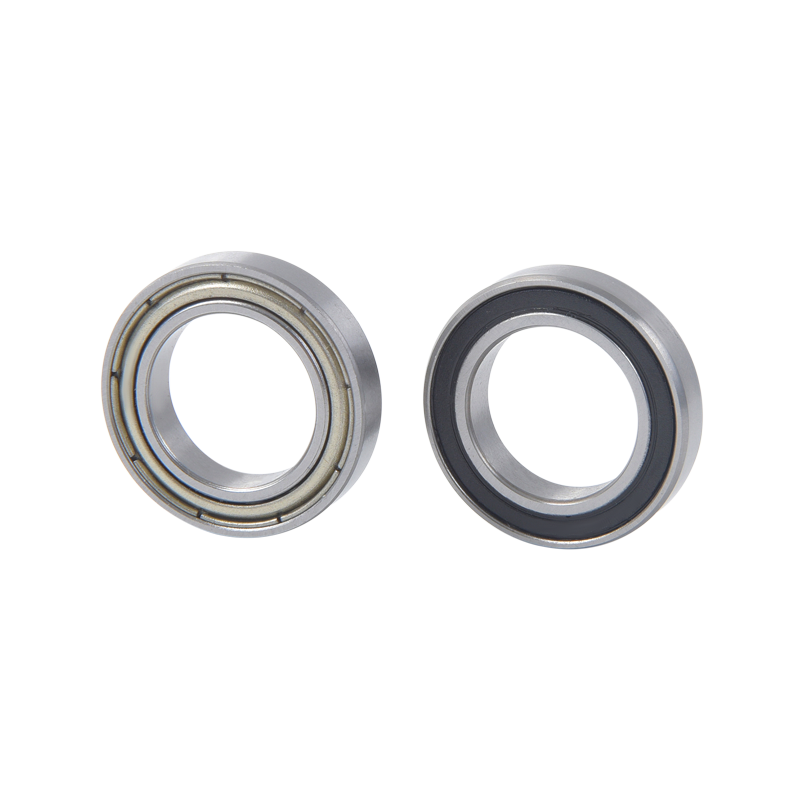Within the dynamic realm of engineering and industrial advancement, the evolution of high-speed bearing design stands as a testament to human innovation and technological progress. This in-depth exploration embarks on a journey through the annals of high-speed bearing design, unveiling the transformative strides that have elevated rotational efficiency, enhanced load capacity, and ushered in unparalleled smoothness across a diverse spectrum of applications.
Central to the evolution of high-speed bearing design is an unwavering commitment to advancing rotational efficiency. As industries demand machinery capable of higher speeds, the architects of bearing innovation have ingeniously redefined bearing geometries, lubrication mechanisms, and materials. These breakthroughs are meticulously engineered to minimize friction, mitigate heat generation, and curtail energy losses. The outcome is an array of bearings that perform optimally even under the duress of extreme speeds, ensuring that progress does not come at the expense of efficiency.
The trajectory of high-speed bearing design is not solely dedicated to velocity; it also prioritizes the strengthening of load capacity. Engineers have meticulously reconfigured internal bearing structures to ensure uniform distribution of loads. This calculated approach prevents the formation of stress concentrations that could undermine the bearing's durability. The result is a new generation of bearings that can endure heavier loads without compromising speed or efficiency.
The evolution of high-speed bearing design is intricately interwoven with precision craftsmanship and state-of-the-art manufacturing techniques. Designers harness the power of computer-aided design (CAD) software to conceive intricate bearing geometries aimed at minimizing friction and optimizing load distribution. These digital blueprints are then materialized through advanced manufacturing processes, including precision machining and additive manufacturing. The outcome is a lineage of bearings where each component is meticulously fashioned to precise specifications.
Materials have taken center stage in the narrative of high-speed bearing design, and recent chapters have witnessed a veritable revolution. Traditional steel bearings have been met with contenders in the form of ceramics, polymers, and hybrid compositions that promise superior performance characteristics. Ceramic bearings, for instance, boast remarkable hardness, corrosion resistance, and thermal stability, making them ideal for demanding high-speed and high-temperature contexts.
The evolution of high-speed bearing design is incomplete without a reimagining of lubrication practices. Lubricants have transitioned into precision fluids, often enriched with nanotechnology marvels. These lubricants are painstakingly formulated to reduce friction, dissipate heat, and enhance overall efficiency. This infusion of advanced lubrication solutions extends the lifespan of bearings and ensures consistent performance, even in the face of formidable conditions.
Bearing cages, responsible for maintaining precise spacing between rolling elements, have not been left untouched by innovation. Engineers have embarked on a journey of crafting inventive cage designs and experimenting with materials that minimize friction and prevent rolling element skewing during high-speed operations. These cage innovations guarantee seamless and reliable bearing functionality, even amidst rapid and dynamic movements.
The transformation of high-speed bearing design transcends boundaries, manifesting its impact across an array of industries. From aerospace and automotive sectors to industrial machinery and medical devices, these advancements have left an indelible mark. High-speed bearings have become the unsung heroes powering high-performance jet engines, electric vehicle drivetrains, and cutting-edge medical imaging devices to greater heights of efficiency and innovation.











 No. 7, Tangchuang Garden, Yangshan Village, Di Tang Street, Yuyao City, Ningbo City, Zhejiang Province, China.
No. 7, Tangchuang Garden, Yangshan Village, Di Tang Street, Yuyao City, Ningbo City, Zhejiang Province, China.
 +86-15706849036
+86-15706849036 +86-0574-63267578
+86-0574-63267578 +86-0574-63265856
+86-0574-63265856
